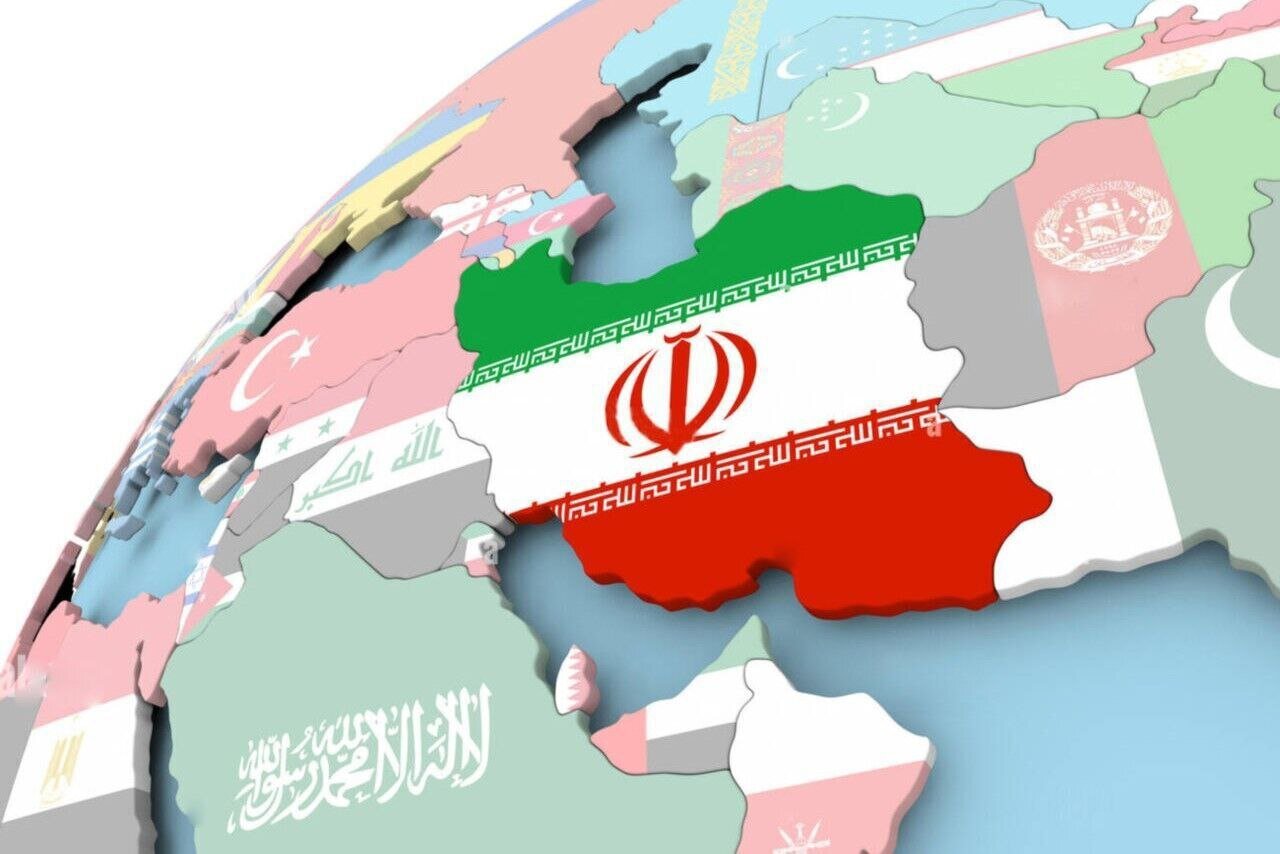Science Without Borders: Iran's Strategic Diplomatic Outreach to Neighbors

Iran Prioritizes Scientific Collaboration with Regional Neighbors
In a strategic move to strengthen regional scientific ties, the Minister of Science, Research and Technology has emphasized the current administration's commitment to fostering collaborative research partnerships with neighboring countries. The initiative aims to promote knowledge exchange, technological innovation, and mutual scientific advancement across the region.
By prioritizing cross-border scientific cooperation, Iran seeks to create opportunities for researchers, academic institutions, and scientific communities to work together, share expertise, and develop joint research projects that can address common challenges and drive progress in various fields of study.
This approach underscores the government's recognition of the importance of international scientific collaboration in driving innovation, expanding research capabilities, and building stronger diplomatic and academic relationships with neighboring nations.
